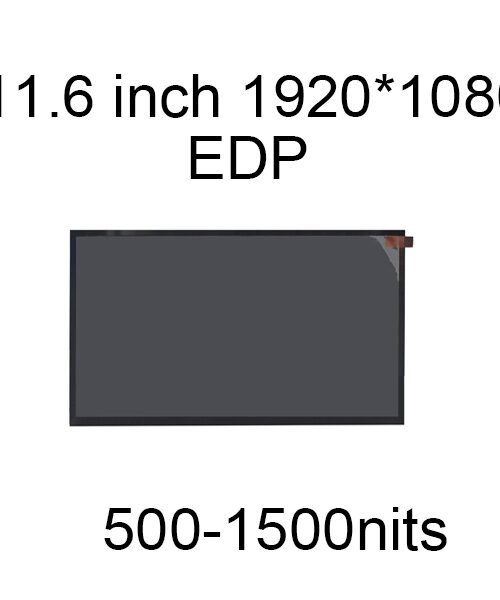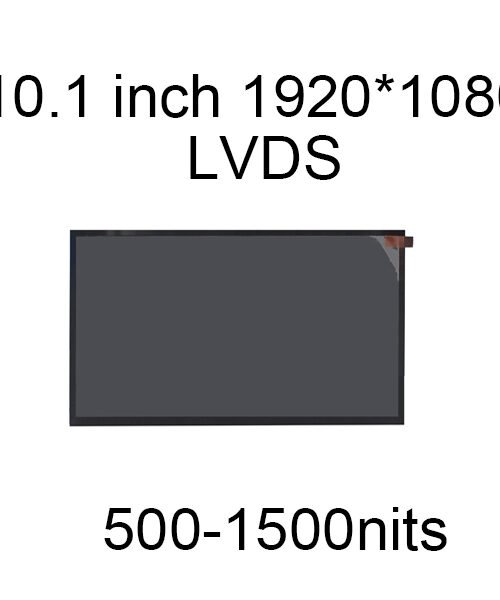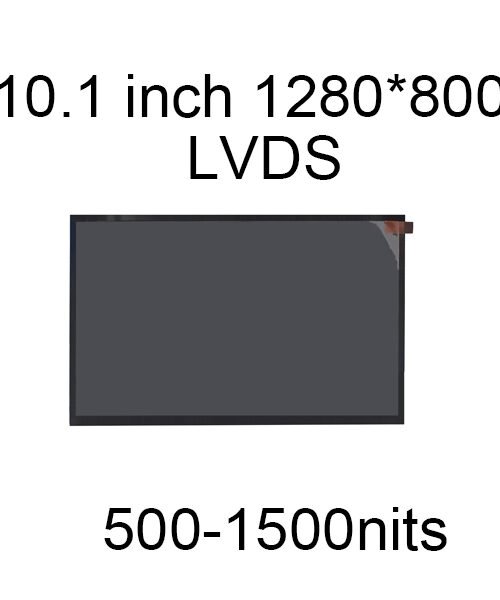Manufacturing LCD (Liquid Crystal Display) displays is a complex process that involves several intricate steps to create functional and high-quality screens. LCDs are widely used in devices such as televisions, computer monitors, smartphones, tablets, and more. The manufacturing process is divided into various stages, each requiring precise technology and quality control to ensure the final product meets the desired specifications. In this comprehensive guide, we will explore the steps involved in the manufacture of LCD displays.
- Substrate Preparation:
The manufacturing process begins with the preparation of glass substrates. Glass is the primary material used for both the front and back panels of the LCD. The glass substrates are thoroughly cleaned to remove impurities, then inspected for defects. The glass may be coated with a layer of transparent conductive material, usually indium tin oxide (ITO), to serve as the transparent electrodes.
- TFT (Thin-Film Transistor) Fabrication:
Thin-film transistors are an integral part of the LCD structure, as they control the switching of individual pixels. The steps in TFT fabrication include:
Deposition: A layer of semiconductor material (usually amorphous silicon) is deposited onto the glass substrate using techniques like chemical vapor deposition (CVD).
Photolithography: A photomask is used to define the transistor patterns. The exposed areas of the semiconductor layer are etched away, leaving behind the desired transistor pattern.
Source and Drain Electrodes: Transparent conductive materials are used to create the source and drain electrodes for each transistor.
Gate Insulator: A layer of insulating material is deposited over the transistors, and a gate electrode is added. This separates the gate electrode from the semiconductor material.
Passivation Layer: A passivation layer is applied to protect the TFTs from environmental factors and prevent electrical interference between layers.
- Color Filter Layer:
Color filters are used to create the red, green, and blue subpixels that combine to form the full spectrum of colors on the LCD display. The color filter layer involves several steps:
Substrate Coating: A glass substrate is coated with a black matrix that defines the boundaries of each pixel.
Color Filter Deposition: Three layers of color filters (red, green, and blue) are deposited over the black matrix to create the subpixels.
Alignment Layer: An alignment layer is applied to ensure the liquid crystals align correctly with the subpixels.
- Liquid Crystal Layer:
The liquid crystal layer is a crucial component of the LCD display, as it controls the passage of light to create images. Steps in the creation of the liquid crystal layer include:
Spacers: Spacers are added to maintain a uniform gap between the two glass substrates. This ensures even distribution of liquid crystals.
Sealing: The two glass substrates with their respective layers are aligned and sealed together. A small gap is maintained to allow the introduction of the liquid crystal material.
Liquid Crystal Injection: The liquid crystal material is injected into the sealed gap between the substrates. The alignment layers ensure that the liquid crystals align properly.
- Backlighting:
In LCD displays, an external light source is needed to illuminate the screen. The backlighting unit consists of several components:
Light Guide Plate: Light from a light source (often LEDs) enters a light guide plate, which directs the light evenly across the display.
Diffuser Plate: A diffuser plate is used to further spread and diffuse the light, ensuring uniform illumination.
Polarizing Filters: Polarizing filters are added to control the polarization of light, allowing only certain orientations of light to pass through.
CCFL (Cold Cathode Fluorescent Lamp) or LED Backlight: Depending on the type of LCD, either CCFL or LED backlighting is used. CCFLs are older technology, while LEDs are the modern standard due to their efficiency, longevity, and color temperature options.
Reflector: A reflector behind the light source redirects any emitted light back toward the display, enhancing efficiency.
- Polarizers:
Two polarizing filters are applied to the front and back of the LCD assembly. These filters help control the orientation of light as it passes through the liquid crystal layer and color filters, allowing for the display of images.
- Final Assembly and Quality Control:
Sealing the Display: The LCD assembly is sealed, ensuring that the liquid crystal layer, color filters, and backlighting are enclosed securely between the two glass substrates.
Quality Control: Rigorous quality control processes are implemented throughout the manufacturing process to detect and address defects. This includes visual inspections, electrical tests, and alignment checks.
- Module Integration:
The completed LCD module is integrated into the final product, such as a television, smartphone, or monitor. Additional components like touchscreens, control circuitry, and protective glass may be added during this phase.
- Testing and Calibration:
The assembled product undergoes extensive testing and calibration to ensure that it meets the desired specifications. This includes checks for pixel defects, color accuracy, brightness uniformity, and touch panel functionality (if applicable).
- Packaging and Distribution:
Once the LCD displays are tested and calibrated, they are packaged and prepared for distribution. They are shipped to manufacturers of consumer electronics, where they are integrated into various devices for the end user.
It’s essential to note that the LCD manufacturing process requires precise control and strict quality assurance to produce displays with high resolution, color accuracy, and durability. The technology is continually evolving, with advancements such as IPS (In-Plane Switching) panels and other display technologies enhancing performance and quality in LCD displays. Manufacturers invest in research and development to improve features, reduce power consumption, and enhance overall display quality, ensuring that LCD technology remains relevant and competitive in the market.







